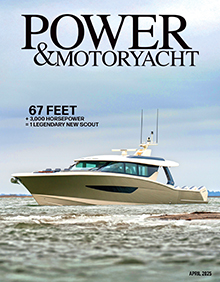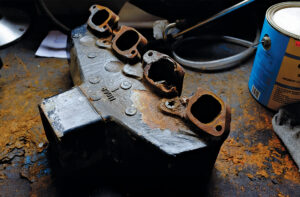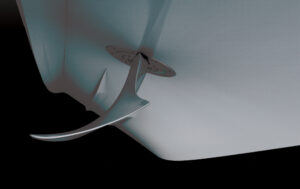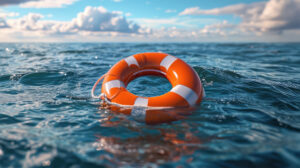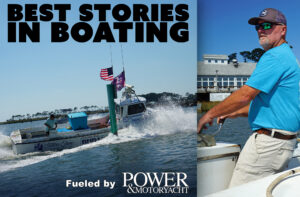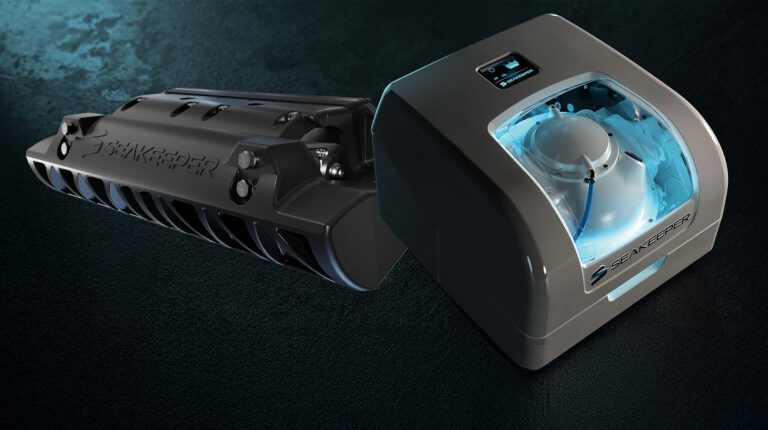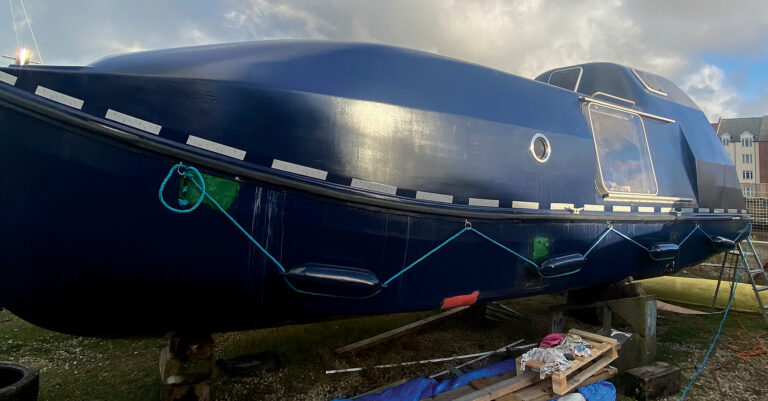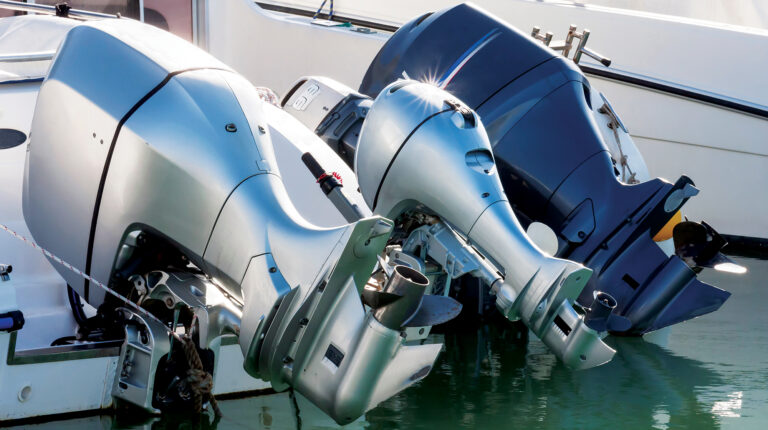Dock Like a Pro
One way or another, I often undock and dock my boat by myself. And over the years I’ve learned a lot about the process. Of course, the operating procedures—the manipulation of shifts, throttles, rudders, thrusters, and what have you—depends upon the type of boat you have. Handling a single-engine inboard with no thruster is a lot different than handling a twin-engine inboard with thrusters galore, or a vessel with pod drives. And then there are actually a couple of ways to tie a boat up, namely, side-tie or stern-to.

While there’s not enough editorial real estate here to get into all of the above, there is enough to proffer a few generalized tips on docking safely, whether you’re short-handed or single-handed.
First, make your lines ready beforehand. If you’re returning to your regular slip, you should have laid them out on the dock prior to your departure so they are within easy reach of a boathook. If you are tying up at an unfamiliar spot, drift for a few minutes in open water but within sight of where you propose to land—gauge the wind and current, decide whether you’ll go with a starboard or port tie, and again prepare the lines beforehand, feeding them through cleats and hawse holes and over rails so you can quickly get them ashore.

TIPS:
In unfamiliar circumstances, don’t go in immediately. Scope things out from open water..

If you’re going to toss a line ashore, toss the end with the eye. Resist tossing the bitter end—it gives dockhands too much to fool around with.

When returning to your own slip, resist the help of folks you don’t know. Sometimes neophytes can complicate an otherwise simple procedure.

Second, figure out ahead of time exactly which line you should secure first—often, given the directions of wind and current, it’s just one line that’s critical. Nailing it down allows you to work on the others in comparative leisure.
And finally, take advantage of your particular boat’s momentum. Over the years I’ve discovered that, even with the wind blowing hard and unfavorably, I can use enough engine-powered oomph to temporarily “plant” my boat in one spot for several seconds while I zoom from wheelhouse or flying bridge to get that one critical line on. Wait too long, though, and you’ll have to zoom back to the helm to regain control.
Become a better boater, take the Boaters University Boat Handling course:
For many of us, the most stressful part of boating is docking, especially if the dock in question is near the deck of a waterfront restaurant. For the first time ever, we are offering a TrawlerFest staple–Boat Handling in Close Quarters – to you online. This course will teach you the ins and outs of how to handle your boat around docks and marinas so that you can enjoy your day on the water with confidence, whether you’re a new boat owner or have owned one for years. This course is designed for people with little or no boating experience. It is perfect for a first-time buyer who is considering a large powerboat purchase, someone who has already purchased that first boat, or an existing boater who is moving up to a bigger craft.
Sign up today and use the coupon code: POWERMOTOR for 15% off.

